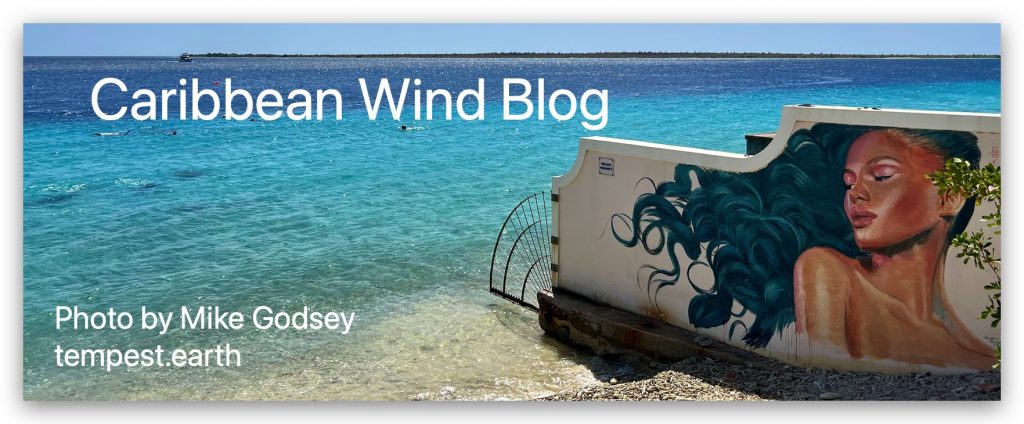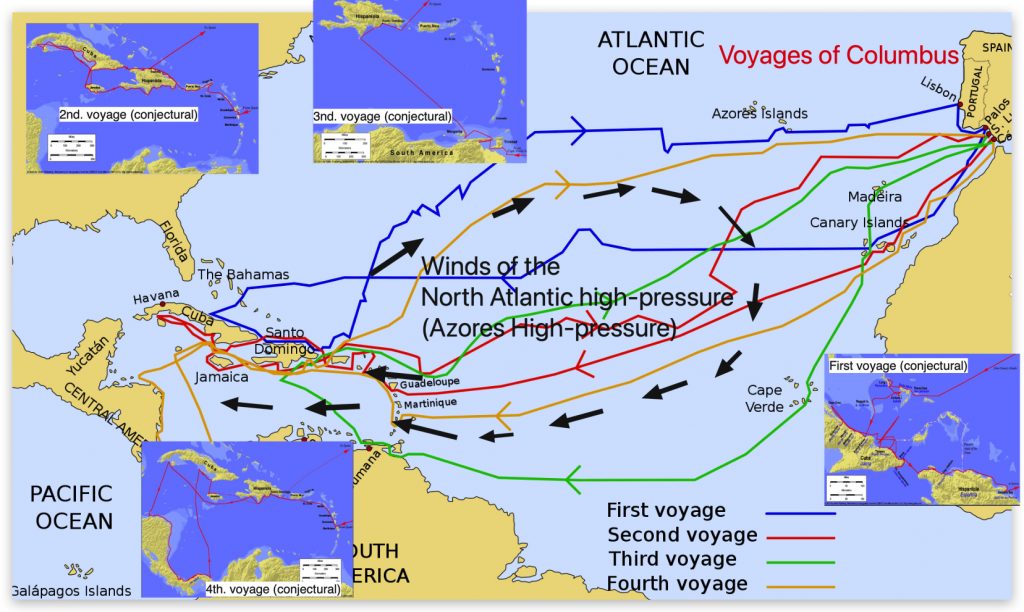Notifications
ALL BUSINESS
COMIDA
DIRECTORIES
ENTERTAINMENT
FINER THINGS
HEALTH
MARKETPLACE
MEMBER's ONLY
MONEY MATTER$
MOTIVATIONAL
NEWS & WEATHER
TECHNOLOGIA
TV NETWORKS
VIDEOS
VOTE USA 2026/2028
INVESTOR RELATIONS
COMING 2026 / 2027
ALL BUSINESS
COMIDA
DIRECTORIES
ENTERTAINMENT
FINER THINGS
HEALTH
MARKETPLACE
MEMBER's ONLY
MONEY MATTER$
MOTIVATIONAL
NEWS & WEATHER
TECHNOLOGIA
TV NETWORKS
VIDEOS
VOTE USA 2026/2028
INVESTOR RELATIONS
COMING 2026 / 2027
About Me
 Latinos Media
Latinos Media Latinos Media provides all types of news feeds on a daily basis to our Members
Posted by - Latinos Media -
on - February 1, 2024 -
Filed in - Weather -
-
1K Views - 0 Comments - 0 Likes - 0 Reviews

 Several WeatherFlow-Tempest zoomable Model forecasts for the Caribbean for today can be found here. This link will take you to my other blogs on winds .
Several WeatherFlow-Tempest zoomable Model forecasts for the Caribbean for today can be found here. This link will take you to my other blogs on winds .
In 1492, Christopher Columbus, driven by his ambition to chart a westward route to Asia, set sail from the Canary Islands with three ships.
Relying on the steady easterly trade winds of the North Atlantic high-pressure system, his crew encountered landfall on October 12th on an island in the Bahamas. Though Columbus believed he had reached the Indies, he had actually stumbled upon a previously unknown continent.
Although not until his later voyages (1493-1500) did he reach the wider Caribbean Sea, exploring areas from Puerto Rico to coastal Venezuela and Trinidad. it’s crucial to remember Columbus was actually a late comer! Indigenous communities had already been utilizing the Trade Winds and inhabiting these lands for millennia.
Columbus found almost all of the Caribbean islands inhabited by the Taíno, a peaceful agricultural society with thriving cultures. DNA studies show that long before Columbus used the Trade Winds Indigenous people had left the Amazon Basin and/or the Andes using the Trade Winds and dugout canoes to discover and populate Caribbean Islands.
 Note how Columbus’s routes used the easterly Trade Winds to get to the Caribbean and its the westerly winds to return to Spain. Given the poor pointing abilities of his primitive square riggers it is unlikely his voyages would have been possible without the winds of the North Atlantic high-pressure.
Note how Columbus’s routes used the easterly Trade Winds to get to the Caribbean and its the westerly winds to return to Spain. Given the poor pointing abilities of his primitive square riggers it is unlikely his voyages would have been possible without the winds of the North Atlantic high-pressure.
The same studies found no sign of inbreeding in the DNA of ancient Caribbean individuals. There is only one way island populations on small island could avoid this inbreeding – extensive voyaging between distant islands resulting in genetic diversity. Beyond genetic diversity the Trade Winds enabled the establishment of vast networks for exchange between islands.
Archaeological evidence, such as pottery and tools, show that Indigenous people used Caribbean trade routes connecting islands from the Greater Antilles to the Lesser Antilles and even reaching the South American mainland.
Depending on the season, food availability and favorable Trade Winds direction some groups practiced seasonal migration, utilizing the these winds to travel between distant islands in search of resources. For example, fishing communities might follow fish migrations or move to islands with ripe fruit harvests.
Since the Trade Winds are nearly a constant factor in the Caribbean the Indigenous people had to have had extensive local knowledge of these the Trade Winds and especially the Hurricane season.
 The term ‘pirogue‘ is a generic term for small native boats especially dugouts made from a log
The term ‘pirogue‘ is a generic term for small native boats especially dugouts made from a log
The question is how did they make such long voyages
Few remains of Caribbean voyaging canoes remain due to the tropical moisture, hurricane damage and fast rot of wood canoes. The the historical record shows that
canoes and voyaging were a major factor in culture these maritime societies. Beyond commerce canoe voyaging across the Trade Winds were used to follow fish migration, pilgrimages to sacred sites and gatherings for cultural events. So Indigenous people utilized the predictable flow of the trade winds for safe and efficient travel.
While the trade winds were reliable they could also pose challenges for single hull canoes. During the hurricane season, travel became dangerous and when storms pass to the north the Trade Winds can fade or switch to an unfavorable direction.
The only way large open stretches of water, like the Windward Passage between Cuba and Hispaniola could be traversed safely would but through an in-depth understand of the Trade Winds.
The ancient Pacific Polynesians made far longer voyages due to the often vast distances between islands. Plus they had to cover ocean waters often without reliable Trade Winds. This led to their developing single and double hulled outrigger canoes with ingenious sails.
Excavations across the Caribbean haven’t unearthed any concrete evidence of outrigger systems, such as outrigger booms or supports, or masts for sails. While dugout canoes and paddles have been found, these typically exhibit designs consistent with single-hulled vessels without sails. The canoes seemed to have been mostly made of locally available Spanish
Cedar or White Cedar or Balsa which are easy to hollow out and make canoes but they are weak and decay rapidly. Voyaging from island to island through the Trade Winds would demand expertise in such fragile paddle propelled vessels.
 Remains of the ‘Stargate’ canoe, found in a blue hole in the Bahamas. It is similar to canoes found in Venezuela.
Remains of the ‘Stargate’ canoe, found in a blue hole in the Bahamas. It is similar to canoes found in Venezuela.The encounter between Columbus and the Taíno marked a turning point in Caribbean history. The Trade Winds made it easy for Europeans develop the resources of the Americas and also to dominate and bring a profound transformation for the Indigenous peoples of the Caribbean.
It’s important to remember that this encounter was not peaceful, but rather one of conquest and colonization with devastating consequences for the Taíno and other Indigenous groups.
The arrival of Europeans brought devastating diseases like smallpox and measles, for which the Taíno had no immunity. This resulted in widespread epidemics and rapid population decline. Estimates suggest that within 50 years, over 90% of the Taíno population perished…The Trade Winds endured.
The post Caribbean Wind Blog, Part 2: First to ply the Trade Winds – Indigenous People appeared first on Blog.WeatherFlow.com.